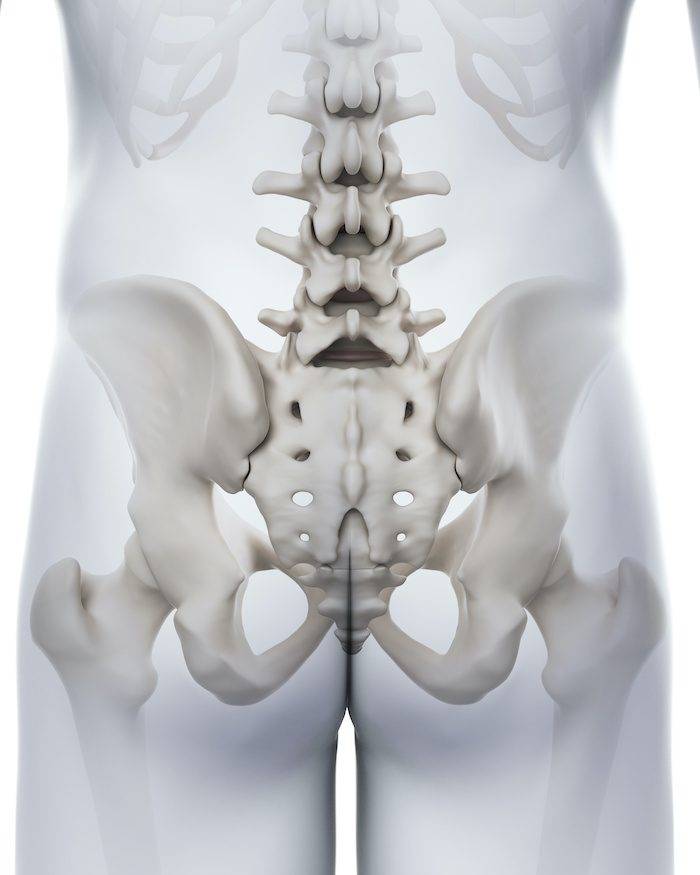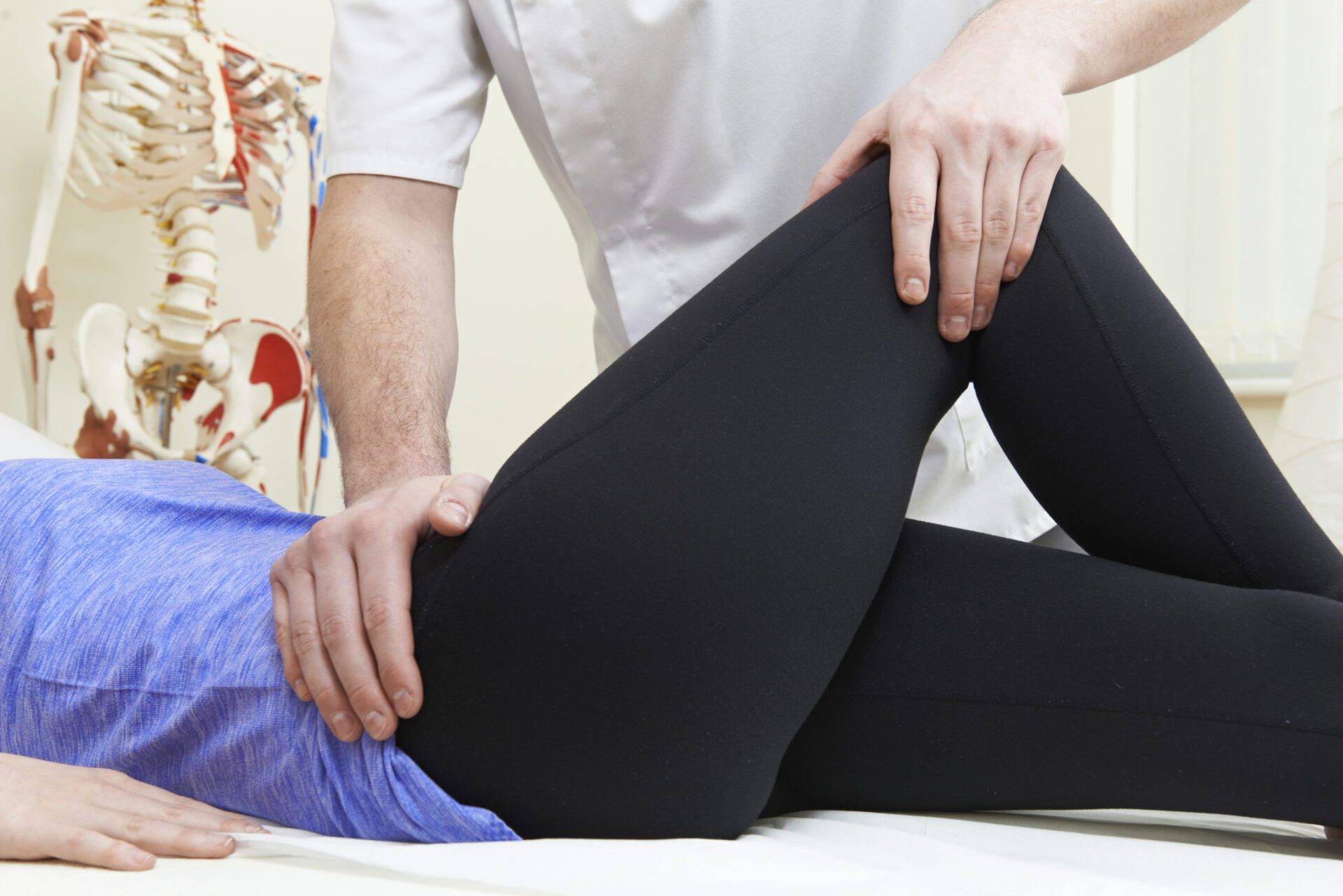By Maria Gehue, PT
3 Minute Read

What I have noticed in my clinical practice is a lot of people with persistent low back pain have trained their pelvis to move at the exact same time as their spine. Overall this becomes incredibly inefficient in energy expenditure and causes the muscles that arise from the back and attach to the pelvis to be incredibly taught and angry. These are the main muscles that extend our back and allow us to stand straight. So… how do we fix this? The first step is teaching your body to move the pelvis and the spine separately. Sounds crazy right, but it’s actually quite simple. I will admit that the first few days of these exercises are always more “brain work” than anything. Together, we are trying to overcome movement patterns that your body has developed primarily due to pain. When your back is sore, every movement you try to make becomes guarded. For instance, when you try to bend, you may notice that you stiffen from your pelvis all the way up to your neck. You develop this concrete spine motion where you are too afraid to move anything connected to the back, so all of a sudden bending now is purely coming from your knees, and reaching is incredibly awkward. It’s like you completely forget that you have hips and a pelvis!

I am going to briefly walk you through a beginning exercise for lumbopelvic disassociation. You begin with laying on your back with your knees bent, feet on the ground. This is called crook lying, and is a neutral position for your spine. It also is a decompressive position for your back, aka theoretically eliminating the direct force of gravity. It likely is something you have discovered as a position of comfort if you suffer from persistent lower back pain, and if not then it is a good trick for you to know! When you are in this position, you will gently squeeze your glutes together and curl your tailbone up towards the sky. This is a posterior pelvic tilt, or backward tilt. Your back should stay relatively close to the ground, but may lift gently. Next we are going to tilt the pelvis anteriorly, or forward. You begin this motion by slowly lowering back to the starting position, and then gently arching your lower back as if you are driving your sit bones into the ground. You will notice your lumbar spine will begin to arch as your pelvis tilts forward. Always begin going through your pain-free range of motion, even if it seems almost pointless with the limitation in mobility that you have. Each day that you practice you will see improvements. You may notice that you really have to concentrate on this movement in the first few days, but eventually it will become more natural.


